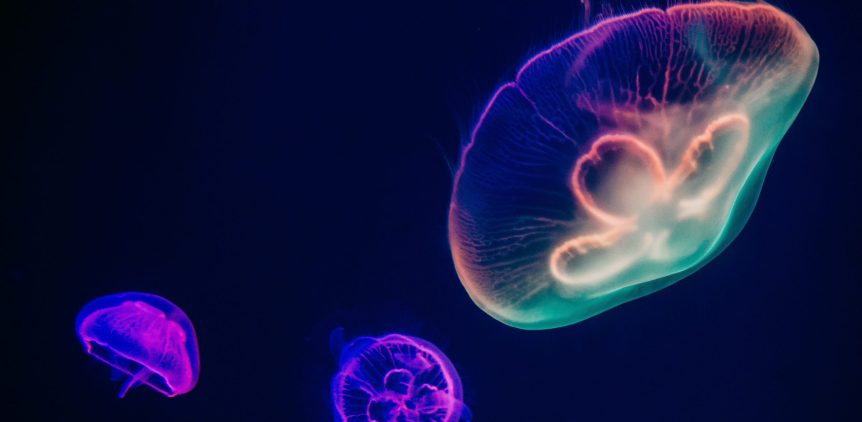Written by: Farah Bharambeygui, CAICE 2022 SURP Fellow
I come from a family of doctors where education and productivity is very important. I have 4 Associates from Imperial Valley College in Chemistry, Physics, Biology, and Psychology.
I am also the Vice President for both the STEM and Chemical Clubs in my community college. I volunteer at my local hospital and senior day care center. My hobbies are baking and making hybrid plants and going for long walks and to the gym.
My research interests are in nutrition & life extension.
I encountered the opportunity to be part of CAICE when I was in my Organic Chemistry class. Our teacher emailed all the students in class and in the Science Clubs. I seized the opportunity when I saw that most students where overwhelmed by the beginning of the semester.
I was also doing environmental research on air quality with a sensor called Purple Air. It was a very busy time in school.
I was running both STEM and Chemical Club while checking on my Purple Air Sensor, which I installed in another town on a cow farm. I was also taking 18 units!
I can gratefully say this was all worth it because when I found out I was selected to participate, I felt this would be my well deserved summer reward!

My project will be focusing on fluorescent particles in sea spray and I will be using the WIBS machine.
WIBS stands for Wideband Integrated Bioaerosol Sensor. This machine emits light in different wavelengths to excite the electrons and make the organic fluorescent particles glow.
Electrons are components of atoms, the basic unit of chemical elements. Exciting electrons basically means adding energy in form of light and making them jump to a higher orbital on the atom.
The number of orbitals in an atom is different every element. So, when the electrons get excited they move farther away from the nucleus, which is the center of the atom.
The jellyfish, Aequorea victoria is where fluorescent proteins were first discovered. Then later, on another species of jellyfish Turritopsis dohrnii, it was found that it can rejuvenate itself by curling into a ball only to grow from its own shriveled remains into an immature juvenile once more.
My project piqued my interest since it is related to how these fluorescent particles help extend this animal’s life and are also related to the climate change.
In my project I will find out what percentage of Primary Bio Aerosols are fluorescent and where do fluorescent particles emit higher-intensity fluorescence, when under water or when they are in the sea spray (in contact with air)?
I would advise students interested in applying to the CAICE SURP program to join their STEM or Chemical Club, that way they are informed of all the opportunities available to them.
I would also recommend they get involved with their school and community, that way they gain experience and have a more complete resume. Conducting a research project in your class, club, or by yourself will give you some useful experience to put down on your application.
Last, try to have a strong educational foundation. Even if you are a Math or Physics major you should take an advanced biology or organic chemistry class.

